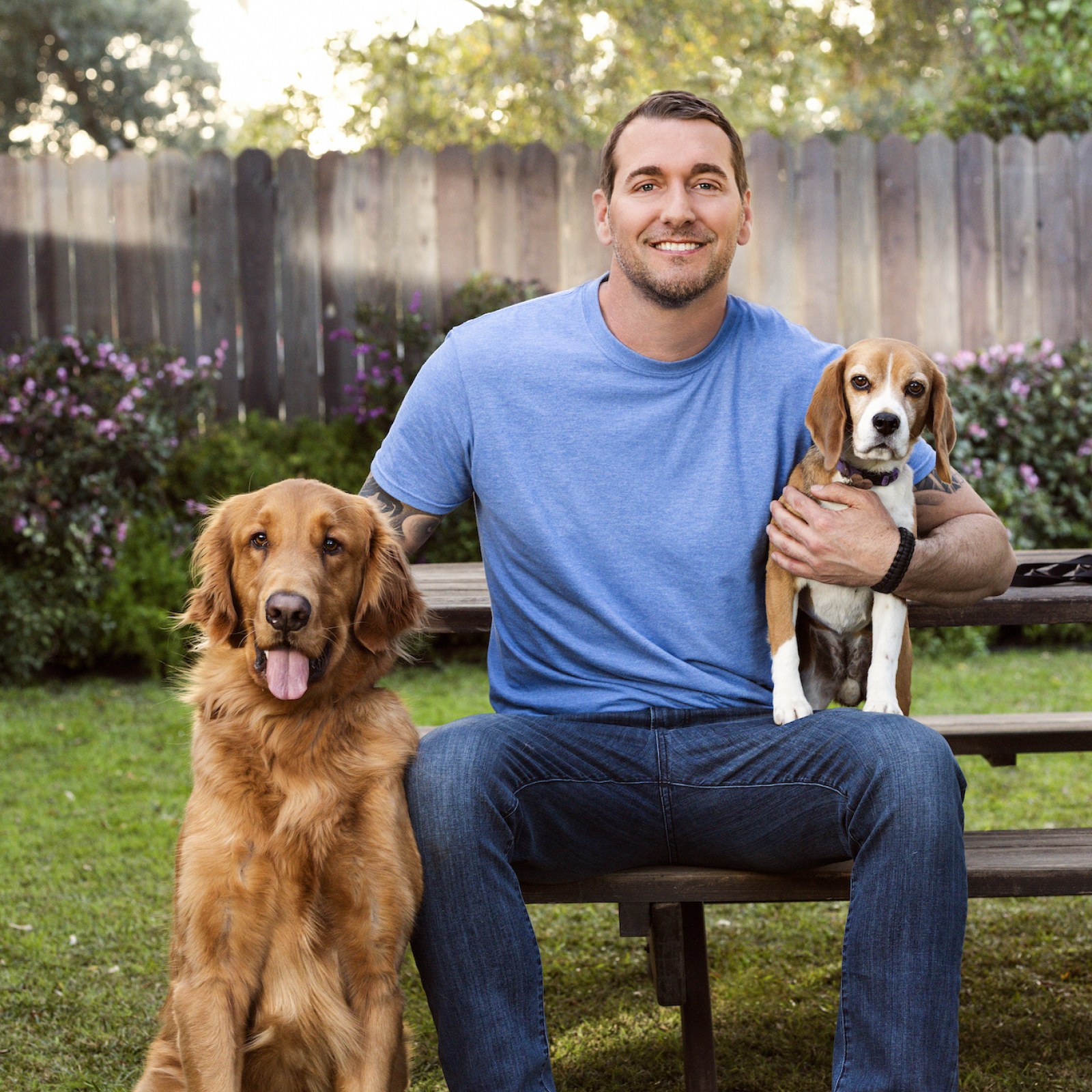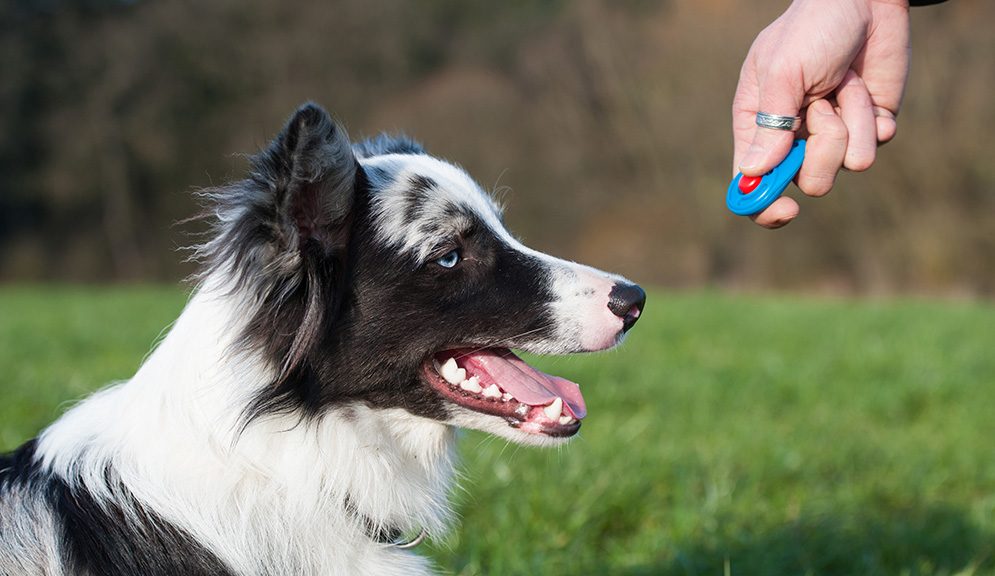Essential Strategies for Reliable Dog Training You Required to Know
Essential Strategies for Reliable Dog Training You Required to Know
Blog Article
Vital Tips for Effective Dog Training: An Overview for Pet Dog Owners
Efficient canine training is a multifaceted procedure that needs a strategic strategy tailored to both the pet's personality and the owner's purposes. Comprehending how to browse these obstacles can considerably boost the training experience, ultimately transforming the partnership in between proprietor and dog.
Recognizing Canine Actions
Comprehending dog habits is important for reliable training and fostering an unified relationship between pooches and their owners. Pet dogs communicate mainly via body language, articulations, and activities, making it essential for proprietors to analyze these signals precisely. Identifying a dog's pose, tail placement, and ear orientation can offer understandings into its emotional state. As an example, a wagging tail does not always show joy; it can also indicate exhilaration or anxiousness.

Socializing plays a substantial duty in pet dog habits; exposure to various environments, individuals, and various other pets can substantially affect a canine's temperament. Aspects such as breed features and private character should direct training approaches, as some breeds may have certain behavioral traits that require tailored strategies. By comprehending these elements, proprietors can create an encouraging atmosphere that urges positive actions, causing successful training results and a deeper bond with their family pets.
Establishing Regular Commands
Efficient interaction with your canine starts with establishing regular commands. This fundamental component of training is critical for promoting understanding in between you and your family pet. Uniformity in the commands you utilize ensures that your pet dog can accurately connect particular words or expressions with the desired habits.
When selecting commands, select clear, distinctive words that are easy to distinguish and claim from one another. Prevent utilizing similar-sounding commands that might confuse your pet dog. Utilizing "rest" and "remain" is appropriate, but "sit" and "hit" might lead to misconceptions.
Additionally, maintain the same tone and volume for every command. Pets are delicate to singing cues, so varying your tone can create confusion.
It is equally crucial to guarantee that all family participants get on the exact same page regarding the commands made use of. A united front in command use will prevent combined signals and strengthen the knowing procedure.
Favorable Reinforcement Strategies
The power of favorable reinforcement in pet training hinges on its ability to urge wanted habits through incentives and praise. This strategy is based in the concept that behaviors adhered to by beneficial outcomes are more probable to be duplicated. By integrating positive support into your training program, you can efficiently form your canine's actions in a useful fashion.
To execute favorable reinforcement, it's necessary to determine what motivates your pet dog, whether it be deals with, toys, or spoken praise. When your pet dog performs a preferred activity, such as resting on command, quickly award them with a reward or affection. This organization in between the browse this site command and the positive end result strengthens their understanding.
It's vital to timing the rewards properly; supplying the reinforcement within seconds of the preferred actions helps your pet dog make the link (dog training). Additionally, consistency is crucial-- guarantee that all member of the family use the exact same commands and incentive systems to avoid confusion

Gradually, you can minimize the regularity of deals with as your dog learns the habits, transitioning to applaud or recurring incentives. This method not only promotes a strong bond in between you and your pet but likewise promotes a positive understanding environment, making training an enjoyable experience for both.
Socialization and Communication
Continually exposing your dog to a range of settings, people, and other animals is essential for their social development. Socialization must start early, preferably during the vital window of 3 to 14 weeks, when young puppies are most receptive to new experiences. Older pets can additionally profit from continuous socialization efforts.
Present your pet to various settings, such as parks, pet-friendly stores, and metropolitan areas. This exposure helps them adjust to different stimuli, decreasing anxiety and fear responses. Urge favorable interactions with other pets and individuals, making sure that these encounters are controlled and safe to cultivate self-confidence.
Use structured playdates with genteel canines, as this can enhance your pet dog's social skills and educate them image source proper behavior. Obedience courses and training sessions also give outstanding opportunities for socializing, permitting your canine to connect with others in a supervised setting.
Monitor your pet dog's body language during communications, as this will assist you gauge their comfort degree. Gradually boost direct exposure to more difficult scenarios while guaranteeing that each experience declares. A well-socialized canine is most likely to display well balanced behavior, making them a pleasure to have in any setting.
Resolving Common Training Obstacles
Every pet dog proprietor will run into training difficulties at some time, no matter their canine's age or socialization degree. Identifying typical concerns such as stubbornness, interruptions, and fearfulness can assist in creating effective techniques for enhancement.

Progressively present diversions as the canine ends up being much more competent in commands. Short, regular training sessions are additionally reliable in preserving attention.
Fearfulness can prevent a pet's discovering process. Gradual desensitization to the resource of concern, coupled with positive support, can assist minimize stress and anxiety. Patience is critical; never ever require a dog right into a circumstance that causes distress, as this might intensify the issue.
Inevitably, understanding and attending to these typical challenges with an organized method will promote a much more efficient training see it here experience, reinforcing the bond between pet dog and owner while promoting effective learning.
Conclusion
In summary, successful pet dog training depends on an extensive understanding of canine behavior, the establishment of consistent commands, and the application of favorable support strategies. Socializing plays an important duty in developing well-adjusted pet dogs, while attending to usual training difficulties calls for patience and versatility. By implementing these vital strategies, family pet proprietors can foster a strong bond with their pets and promote desirable habits, ultimately resulting in an unified relationship between people and their canine friends.
Understanding canine habits is essential for effective training and promoting an unified relationship between dogs and their proprietors.Socializing plays a significant role in pet dog actions; exposure to different atmospheres, individuals, and various other pets can substantially impact a dog's personality.The power of positive reinforcement in dog training lies in its ability to encourage preferred habits via incentives and appreciation. By including favorable support right into your training routine, you can effectively shape your dog's behavior in a useful way.
In summary, successful dog training relies on a comprehensive understanding of canine behavior, the establishment of consistent commands, and the application of favorable support strategies.
Report this page